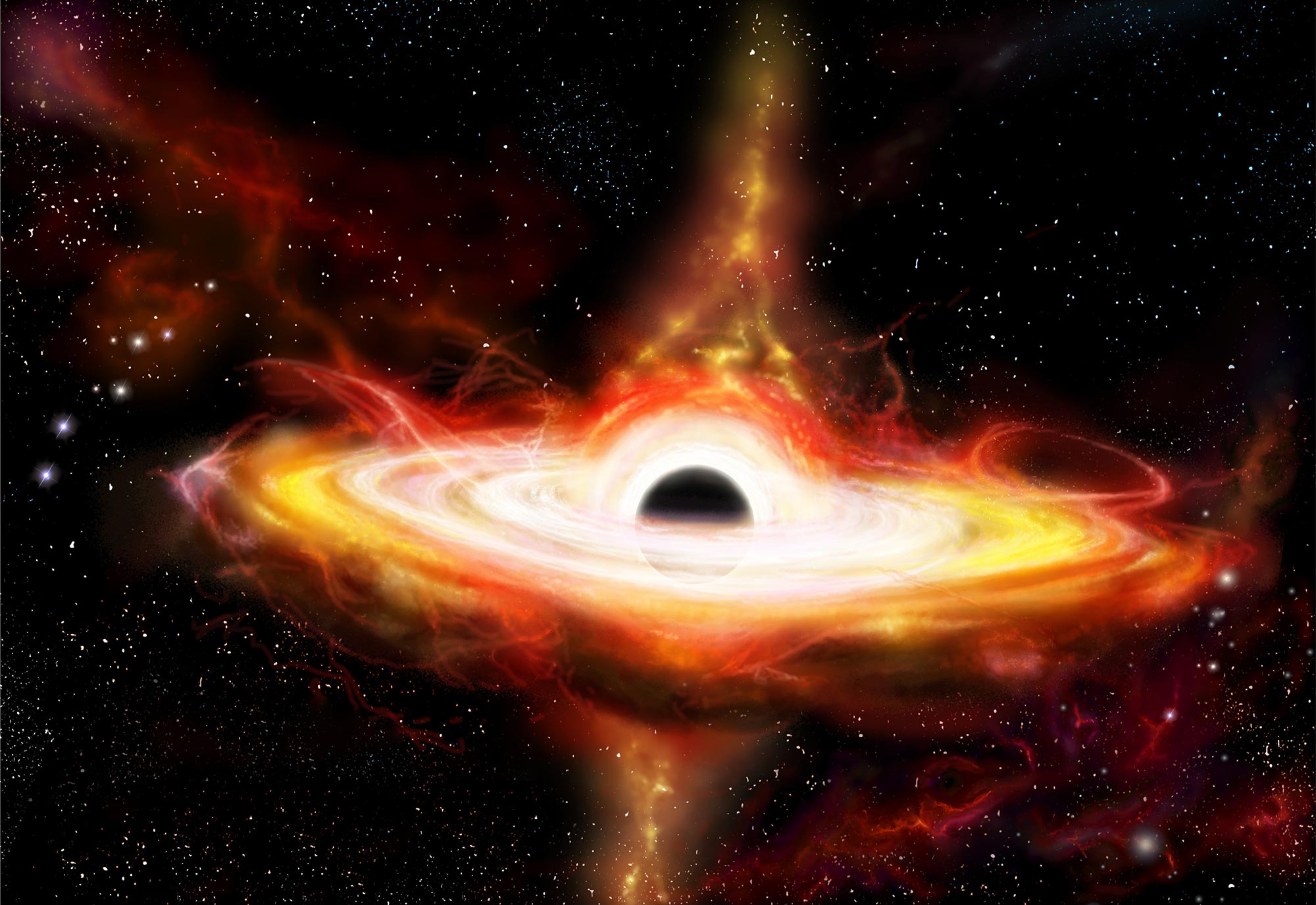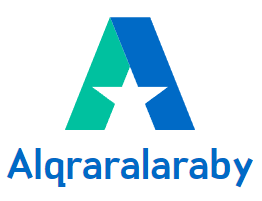
اكتشف علماء الفلك بقيادة جامعة دورهام واحدًا من أكبر الثقوب السوداء التي تم اكتشافها على الإطلاق ، بكتلة تزيد عن 30 مليار مرة كتلة الشمس ، من خلال استخدام عدسات الجاذبية ومحاكاة الكمبيوتر العملاق في منشأة DiRAC HPC. سمحت هذه التقنية الرائدة ، التي تحاكي الضوء الذي ينتقل عبر الكون ، للباحثين بالتنبؤ بدقة بمسار الضوء كما يظهر في صور تلسكوب هابل الفضائي الحقيقية. تم نشر الاكتشاف في الإخطارات الشهرية للجمعية الفلكية الملكية.
اكتشف فريق من علماء الفلك واحدًا من أكبر الثقوب السوداء التي تم اكتشافها على الإطلاق ، مستفيدًا من ظاهرة تسمى عدسة الجاذبية.
الجاذبية المنحنية للضوء
استخدم الفريق ، بقيادة جامعة دورهام بالمملكة المتحدة ، عدسة الجاذبية – حيث تنحني مجرة في المقدمة الضوء من جسم بعيد وتضخمه – ومكَّنت محاكاة الكمبيوتر العملاق في منشأة DiRAC HPC الفريق من فحص كيفية انحناء الضوء عن كثب بواسطة ثقب أسود داخل مجرة تبعد مئات الملايين من السنين الضوئية عن الأرض.
قام الفريق بمحاكاة الضوء الذي يسافر عبر الكون مئات الآلاف من المرات ، مع كل محاكاة تتضمن كتلة مختلفة[{” attribute=””>black hole, changing light’s journey to Earth.

An artist’s impression of a black hole, where the black hole’s intense gravitational field distorts the space around it. This warps images of background light, lined up almost directly behind it, into distinct circular rings. This gravitational “lensing” effect offers an observation method to infer the presence of black holes and measure their mass, based on how significant the light bending is. The Hubble Space Telescope targets distant galaxies whose light passes very close to the centers of intervening fore-ground galaxies, which are expected to host supermassive black holes over a billion times the mass of the sun. Credit: ESA/Hubble, Digitized Sky Survey, Nick Risinger (skysurvey.org), N. Bartmann
30 billion times the mass of our Sun
When the researchers included an ultramassive black hole in one of their simulations, the path taken by the light from the faraway galaxy to reach Earth matched the path seen in real images captured by the Hubble Space Telescope.
What the team had found was an ultramassive black hole, an object over 30 billion times the mass of our Sun, in the foreground galaxy – a scale rarely seen by astronomers.
This is the first black hole found using gravitational lensing and the findings were published today (March 29) in the journal Monthly Notices of the Royal Astronomical Society.
https://www.youtube.com/watch؟v=-IMU1E705go
فيديو يوضح كيف استخدم علماء الفلك عدسة الجاذبية لاكتشاف ثقب أسود كتلته 30 مليار ضعف كتلة الشمس في مجرة تبعد 2 مليار سنة ضوئية. الائتمان: جامعة دورهام
إذا نظرنا إلى الوراء في الزمن الكوني
معظم أكبر الثقوب السوداء التي نعرفها في حالة نشطة ، حيث تسخن المادة التي يتم سحبها بالقرب من الثقب الأسود وتطلق طاقة على شكل ضوء وأشعة سينية وإشعاعات أخرى.
تجعل عدسة الجاذبية من الممكن دراسة الثقوب السوداء غير النشطة ، وهو أمر غير ممكن حاليًا في المجرات البعيدة. هذا النهج يمكن أن يسمح لعلماء الفلك باكتشاف ثقوب سوداء غير نشطة وفائقة الكتلة مما كان يعتقد سابقًا والتحقيق في كيفية نموها بهذه الضخامة.
بدأت قصة هذا الاكتشاف بالذات في عام 2004 عندما لاحظ عالم الفلك الزميل بجامعة دورهام ، البروفيسور أليستر إيدج ، قوسًا عملاقًا لعدسة جاذبية عند مراجعة صور مسح المجرات.
تقدم سريعًا لمدة 19 عامًا وبمساعدة بعض الصور عالية الدقة للغاية من[{” attribute=””>NASA’s Hubble telescope and the DiRAC COSMA8 supercomputer facilities at Durham University, Dr. Nightingale and his team were able to revisit this and explore it further.
Exploring the mysteries of black holes
The team hopes that this is the first step in enabling a deeper exploration of the mysteries of black holes, and that future large-scale telescopes will help astronomers study even more distant black holes to learn more about their size and scale.
Reference: “Abell 1201: detection of an ultramassive black hole in a strong gravitational lens” by J W Nightingale, Russell J Smith, Qiuhan He, Conor M O’Riordan, Jacob A Kegerreis, Aristeidis Amvrosiadis, Alastair C Edge, Amy Etherington, Richard G Hayes, Ash Kelly, John R Lucey and Richard J Massey, 29 March 2023, Monthly Notices of the Royal Astronomical Society.
DOI: 10.1093/mnras/stad587
The research was supported by the UK Space Agency, the Royal Society, the Science and Technology Facilities Council (STFC), part of UK Research and Innovation (UKRI), and the European Research Council.
This work used both the DiRAC Data Intensive Service (CSD3) and the DiRAC Memory Intensive Service (COSMA8), hosted by University of Cambridge and Durham University on behalf of the DiRAC High-Performance Computing facility.

“متعطش للطعام. طالب. متحمس محترف للزومبي. مبشر شغوف بالإنترنت.”




More Stories
من المحتمل أن يكون قلب بلوتو قد نشأ نتيجة اصطدام قديم
من المحتمل أن يكون قلب بلوتو قد نشأ نتيجة اصطدام قديم
ظاهرة تشبه قوس قزح قد تتوهج على الكوكب الخارجي الجهنمي WASP-76b